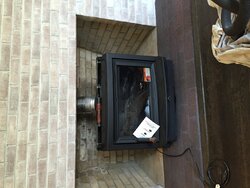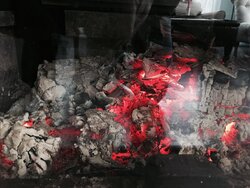theDokes
Member
Mellow -
How did you get the Roxul to stay in place on the top block plate?
I have my 4" pipe coming down through what is left of my old damper with Roxul stuffed into the remaining cavity - nothing on the side walls.
How did you get the Roxul to stay in place on the top block plate?
I have my 4" pipe coming down through what is left of my old damper with Roxul stuffed into the remaining cavity - nothing on the side walls.


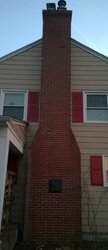

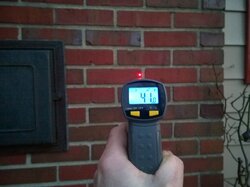
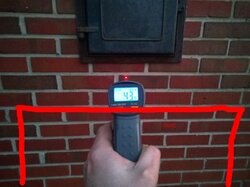
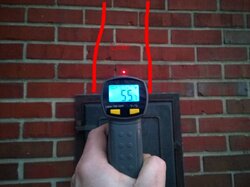
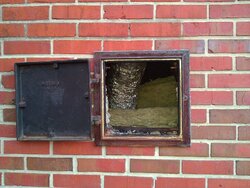
 Just kidding
Just kidding 
